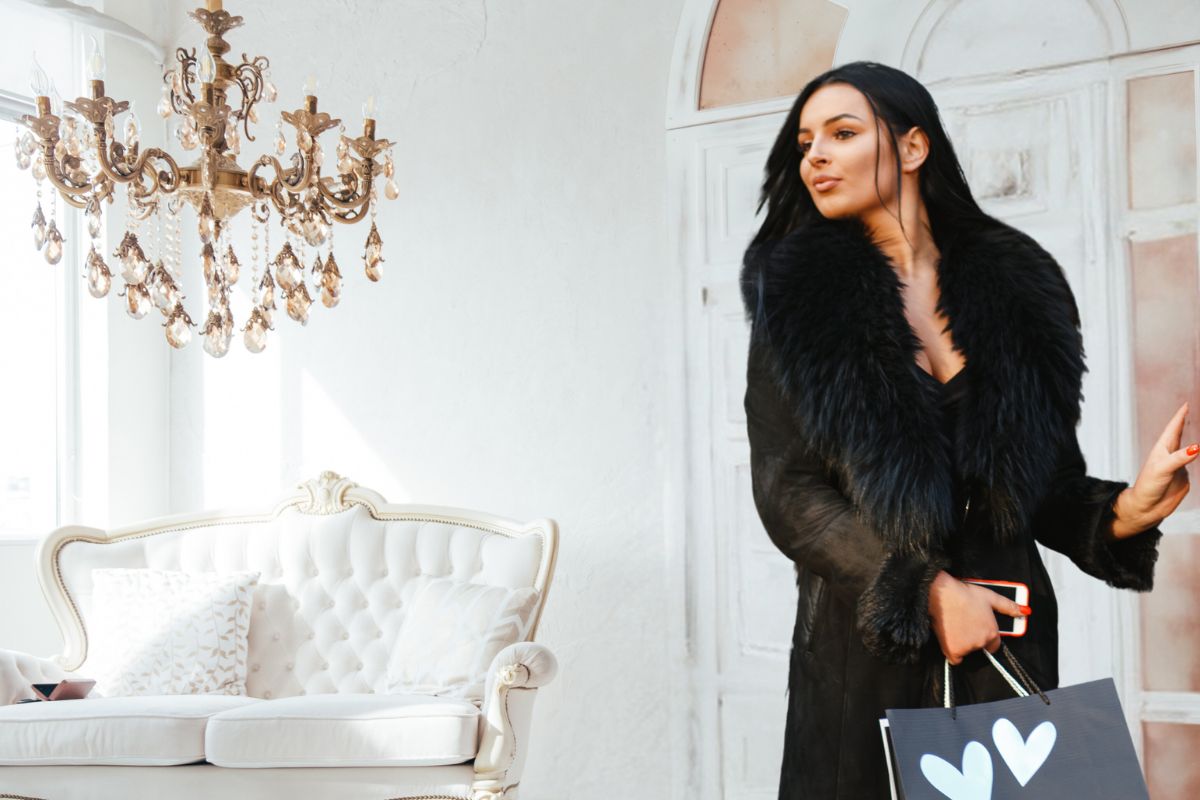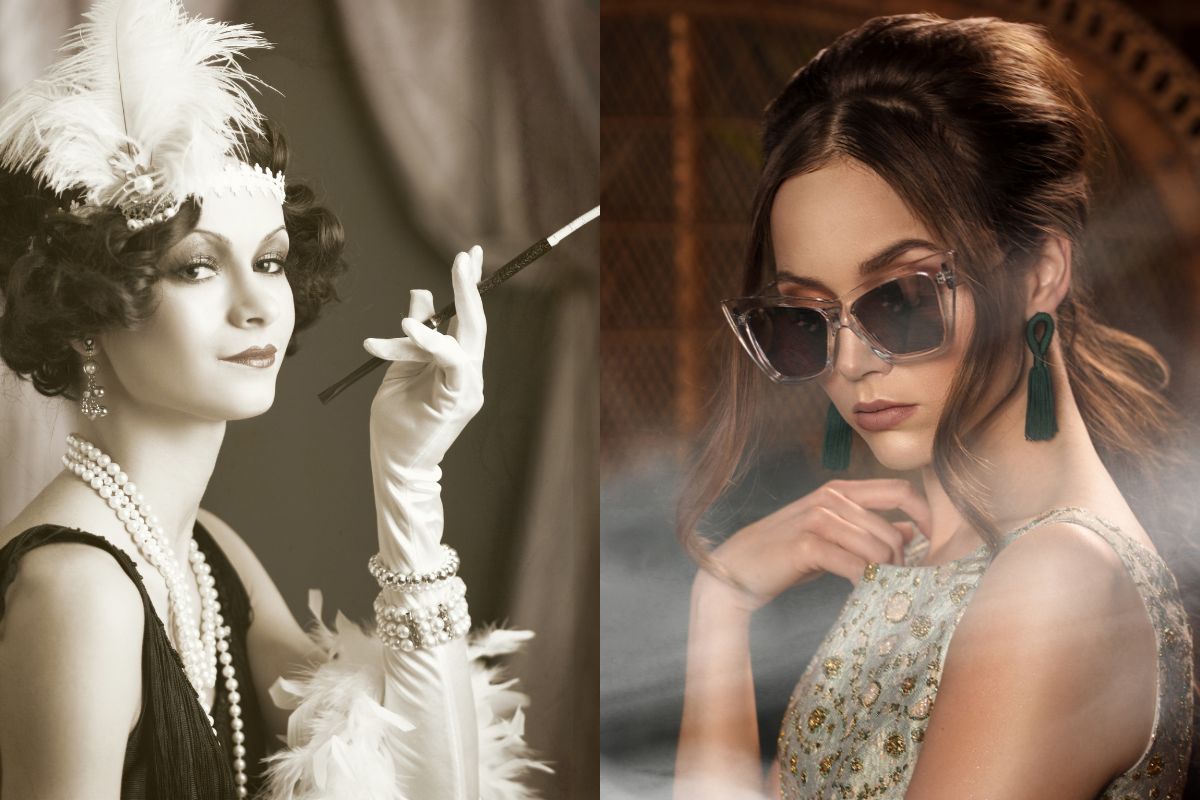Luxury style is a dynamic and ever-evolving concept that transcends mere trends and reflects a profound understanding of craftsmanship, heritage, and individual expression. Over the years, the definition of luxury has undergone remarkable transformations, influenced by societal shifts, technological advancements, and the changing tastes of consumers. This journey through luxury style evolution offers a captivating insight into how it has evolved, adapted, and redefined itself over time.
Table of Contents
The Birth of Luxury
Luxury, in its essence, has roots deeply embedded in history. From the opulence of ancient civilizations to the regal attire of monarchs, the concept of luxury has always been associated with exclusivity and prestige. In the early days, luxury was synonymous with rare materials, intricate designs, and impeccable craftsmanship, serving as a symbol of wealth and status.
The Rise of Modern Luxury
The Industrial Revolution of the 19th century marked a significant turning point in luxury fashion. With the advent of mass production techniques, luxury became more accessible to a broader audience. Designers such as Coco Chanel and Louis Vuitton pioneered the democratization of luxury, introducing ready-to-wear collections and innovative marketing strategies that appealed to the burgeoning middle class.
The Golden Age of Couture
The mid-20th century witnessed the emergence of haute couture as the epitome of luxury fashion. Design houses like Christian Dior, Givenchy, and Balenciaga redefined elegance with their extravagant creations, tailored to perfection for a select clientele. Couture became synonymous with handcrafted excellence, where every stitch and detail exuded unparalleled luxury and sophistication.
The Influence of Pop Culture
The latter half of the 20th century brought about a seismic shift in luxury fashion, driven by the influence of pop culture and celebrity endorsements. Icons like Audrey Hepburn, Marilyn Monroe, and Princess Diana became style arbiters, propelling certain brands into the limelight and setting new trends in motion. The fusion of high fashion with street culture gave rise to a new wave of luxury that was edgy, youthful, and effortlessly cool.
The Digital Revolution
The dawn of the internet age revolutionized the way we perceive and consume luxury. E-commerce platforms and social media channels became instrumental in shaping brand narratives and engaging with a global audience. Luxury houses embraced digital innovation, launching immersive online experiences and digital campaigns to cater to the tech-savvy consumer. The rise of influencers and digital fashion shows further blurred the lines between virtual and reality, creating new avenues for creative expression within the luxury space.
Sustainability and Ethical Practices

There has been a growing emphasis on sustainability and ethical practices within the luxury industry in recent years. Consumers are increasingly conscious of the environmental and social impact of their purchasing decisions, prompting luxury brands to adopt more responsible approaches to production and sourcing. From eco-friendly materials to fair labor practices, sustainability has become a key differentiator for luxury brands vying for the loyalty of discerning consumers.
Hair Transplants
Personal appearance innovations have played a significant role in reshaping societal perceptions of beauty and grooming standards. One notable advancement that has gained traction in recent years is the proliferation of hair transplants. Hair loss, once considered an inevitable consequence of aging or genetic predisposition, is now being addressed with cutting-edge techniques that offer a solution to those seeking to restore their youthful appearance. Hair transplants, which involve the surgical transplantation of hair follicles from donor areas to balding or thinning regions, have gained popularity among individuals looking to enhance their confidence and self-image. If you are thinking about going down the hair transplant route, it is important that you go to a highly respected clinic like HS Hair Clinic to get this done.
The Era of Personalization
As consumer preferences continue to evolve, luxury brands are embracing the concept of personalization to offer bespoke experiences tailored to individual tastes. From made-to-measure services to customizable products, luxury consumers now have the opportunity to create unique pieces that reflect their personality and style. This shift towards personalization not only fosters a deeper emotional connection between brands and consumers but also reinforces the exclusivity and allure of luxury.
Challenges and Opportunities
While luxury fashion has come a long way in terms of innovation and inclusivity, it still faces challenges in navigating an increasingly complex and competitive landscape. Economic uncertainties, geopolitical tensions, and changing consumer behaviors pose significant challenges for luxury brands seeking to maintain their relevance and appeal in a rapidly evolving marketplace. However, amidst these challenges lie immense opportunities for creativity, innovation, and reinvention.
Looking Ahead
As we embark on a new era of luxury, characterized by shifting values and heightened expectations, one thing remains clear: the essence of luxury transcends mere materialism. It is a celebration of artistry, heritage, and individuality—a reflection of our aspirations and desires as human beings. Whether it’s through timeless elegance or avant-garde experimentation, luxury style will continue to evolve, adapt, and inspire for generations to come.
















